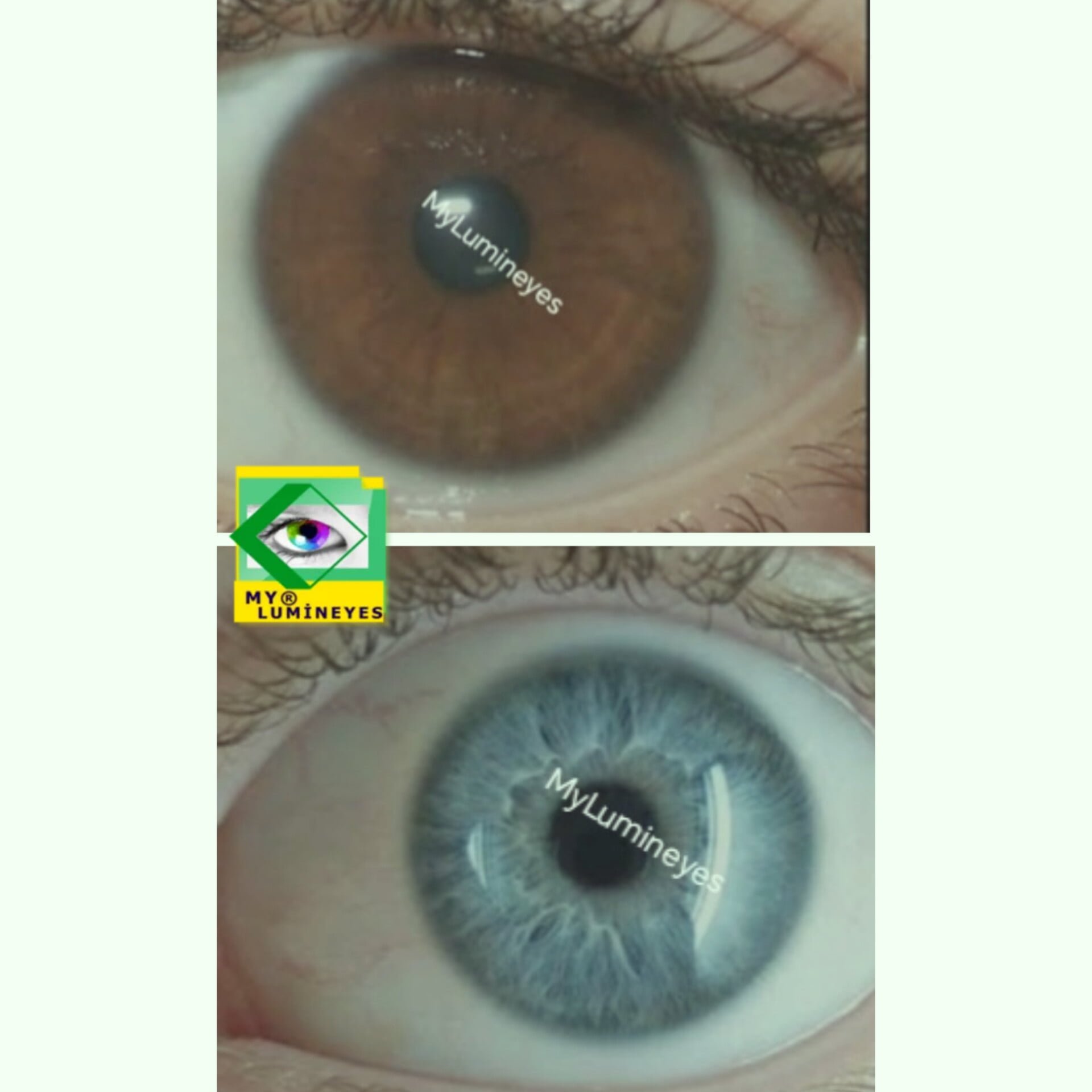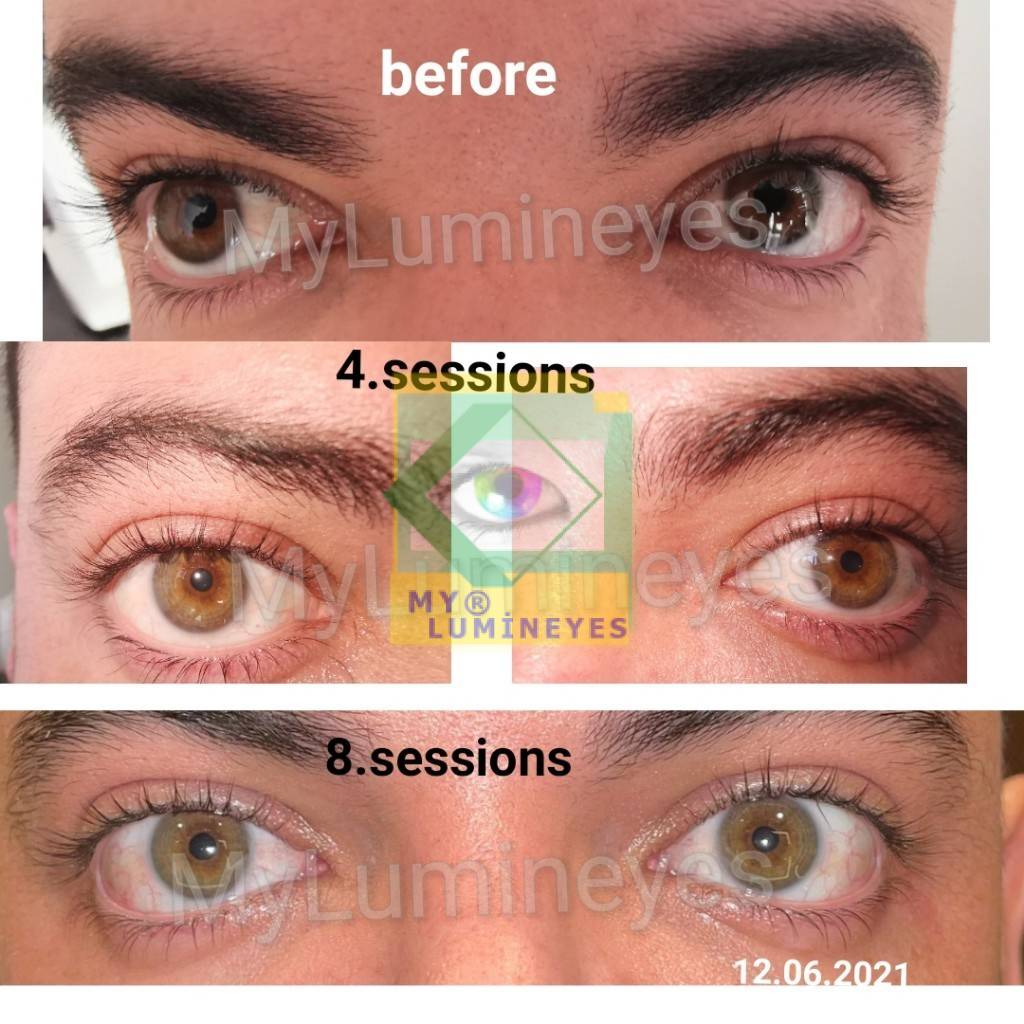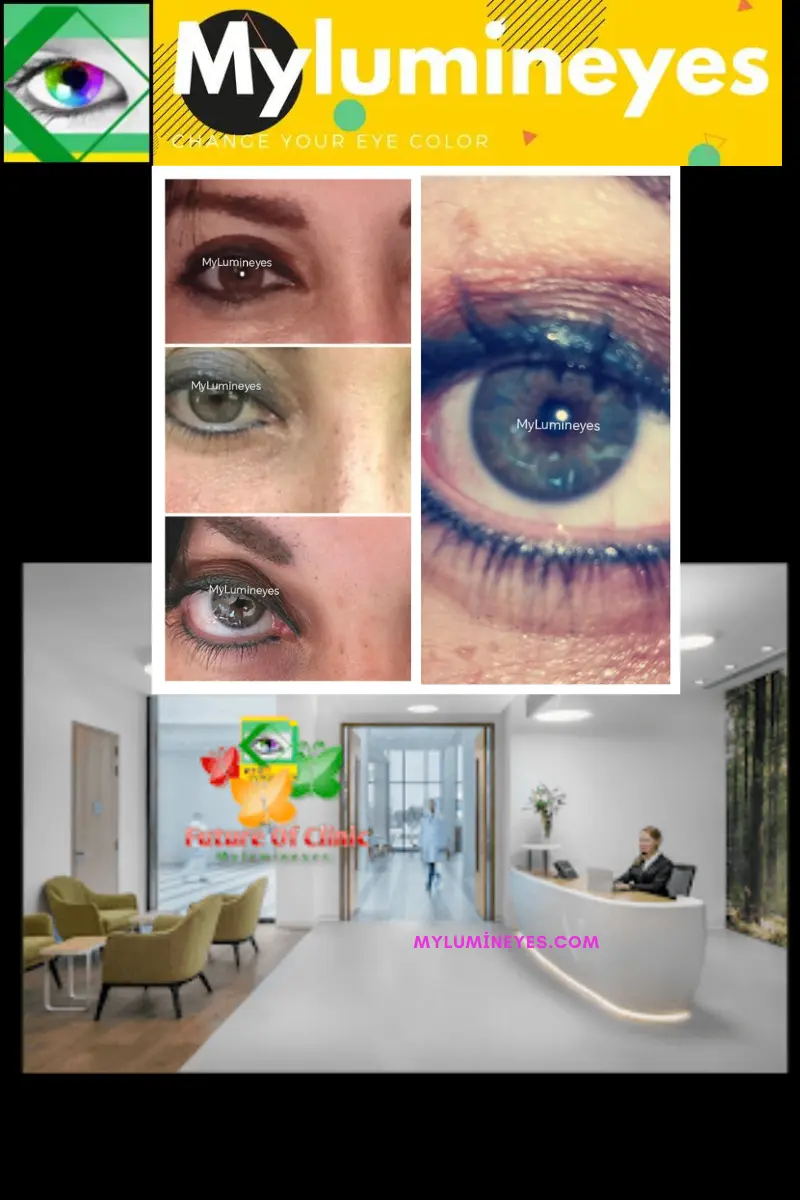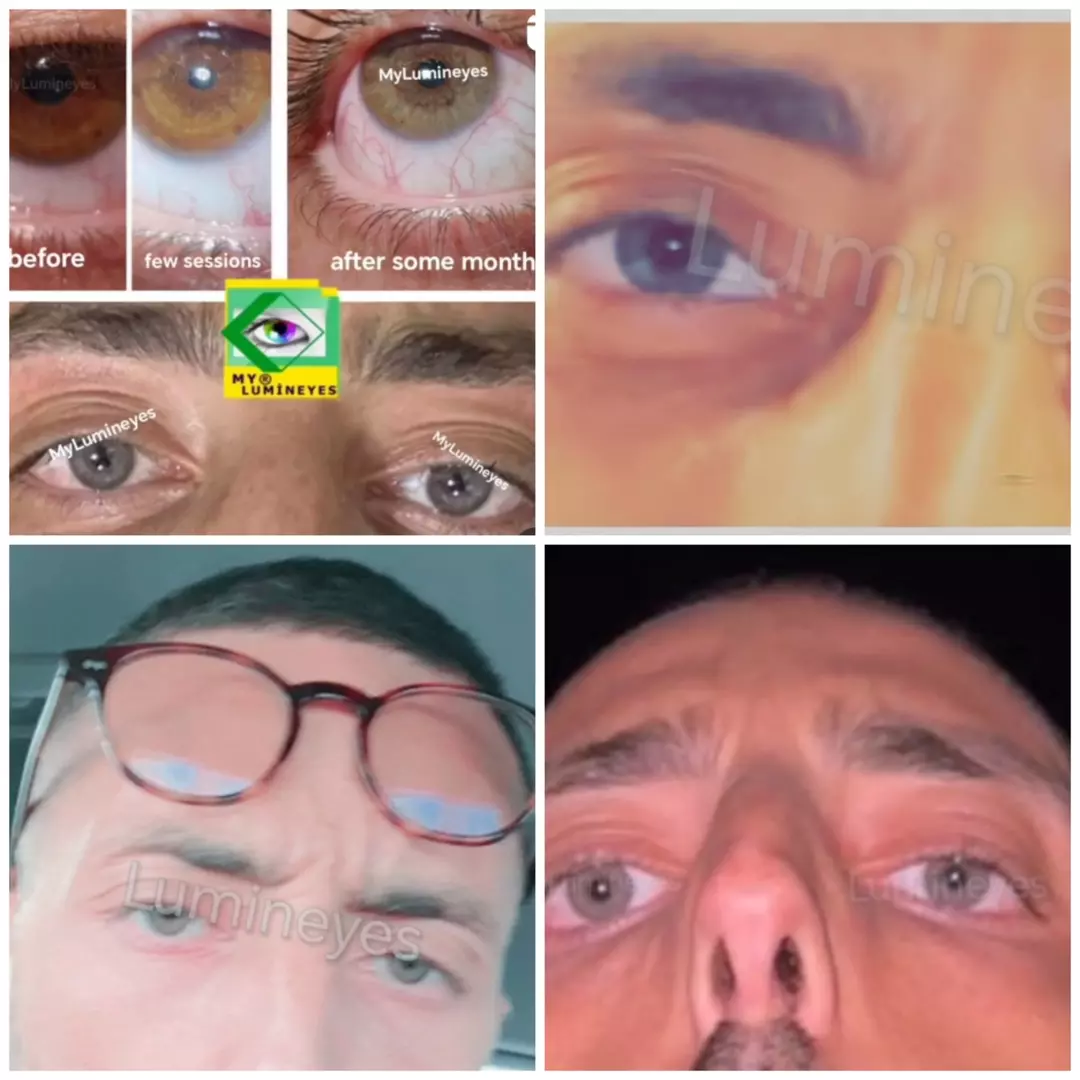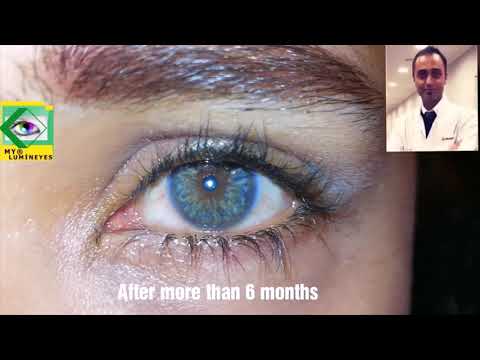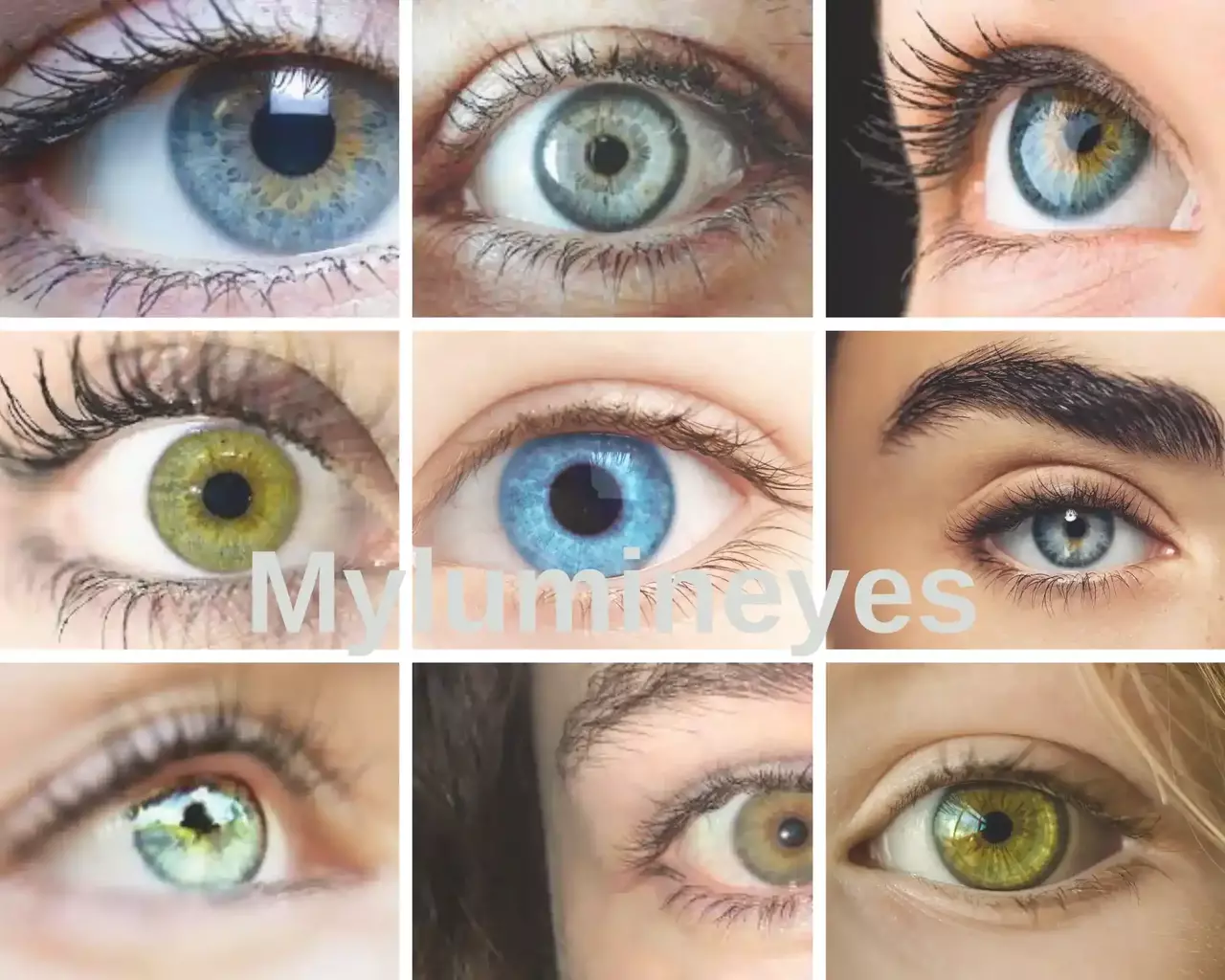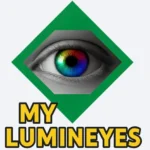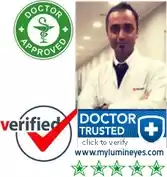Botox and fillers guide 2023
It was easier to tolerate age increases in the past, and it was much more difficult to appear younger. On the other hand, there was no remedy for wrinkles other than cosmetic surgery, and the number of individuals who could see it was limited. Botox and fillers have gotten so simple in recent years that it is pointless for most individuals not to benefit. Consider your brows and brows rising up in 15 to 20 minutes, your eyes expanding, your lip filler, your cheeks receding, and the majority of your lines quickly disappearing. Botox has received much too much publicity in the last decade. Outside of surgery, all skin rejuvenation methods are now referred to as “botox vs filler”.
” Botox is frequently combined with “fillers.” Both are injected and work like a magic wand to remove wrinkles. However, there are significant differences between botox and filler.
Botox injections around or behind the eyes are used by ophthalmologists to treat a variety of vision-related problems and of cource for eye beauty. Lazy eye, eyelid twitching, migraines, drooping eyelids, and excessive tears or dry eyes are examples. Blepharospasm is a condition in which your eyes twitch uncontrollably. The issue may be treated with a Botox injection, which relaxes the muscles that regulate your eyelids. To treat crossed eyes (strabismus), Botox may be administered to relax the muscles that govern eye movement. Botox may, however, be used in modest amounts beneath the eye as an “off-label” therapy for dynamic wrinkles that occur in the region. The dynamic wrinkles around the eyes may be smoothed out using Botox.
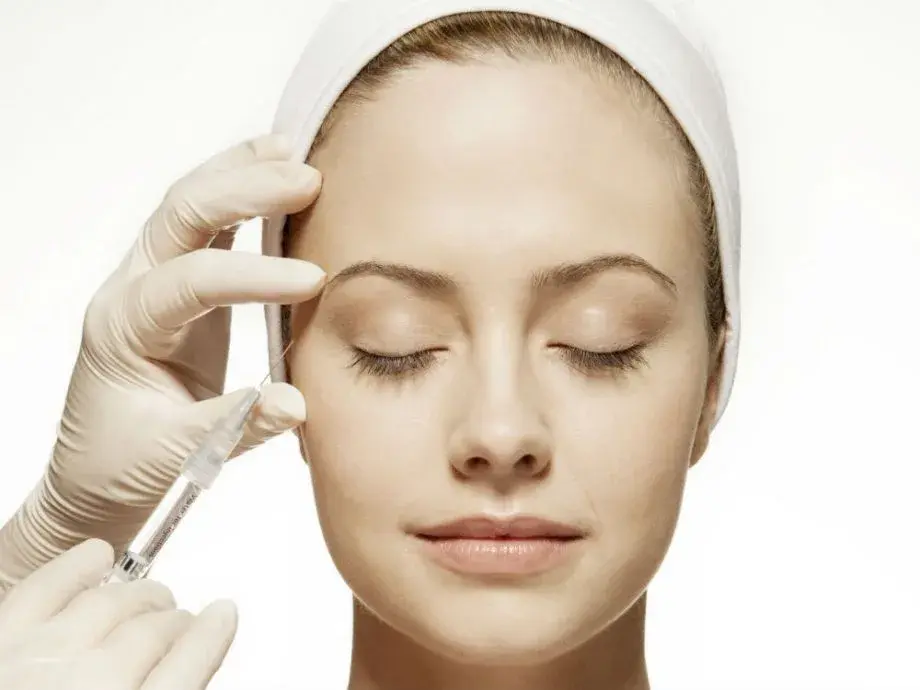
Is there a difference between fillers and botox? botox vs filler
Botox and filler treatments are quite similar, yet their effects and mechanisms of action are very different. Due to these distinctions, they are not replacements, despite what the majority of people believe. Filling and Botox operations, which are utilized for different problems in various locations, might be performed on the same day if necessary.
Botox contains a neurotoxin that weakens muscles momentarily. Consequently, it reduces the appearance of lines and wrinkles induced by facial emotions. Filling therapy, on the other hand, includes substances that provide volume to places that have lost it due to aging. Botox is only effective on the mimic muscles, while fillers are injected into the intradermal, subcutaneous, intramuscular, and submuscular planes. Fillers may be used to increase volume in almost every area of the face and body.
The effects of Botox-Botox near me
Some wrinkles on our faces are caused by our facial expressions. You may merely be tired at first, but the minor lines that you see will deepen over time. Botox limits these facial expressions, enhances the look, and keeps the wrinkles from deepening. Botox is more effective in regions where dynamic lines are created by mimics. They are most commonly found on the forehead, between the brows, and around the eyes. Botox is very effective on the forehead and around the eyes. Both habits and muscular tissue change as Botox inhibits imitation. As a result, wrinkles are reduced dramatically, and botox is no longer required.
Fillers, on the other hand, collapse owing to collagen loss over time; they are utilized to minimize textures in the bottom part of the skin and to fill in areas that are empty and dangling. The filling produces the best results on the cheeks and lips. As a result, filler and botox are used for diverse issues and complement each other. Botox under the eyes is not FDA-approved, it is only done at the medical professional’s discretion. Some physicians avoid giving Botox injections beneath the eyes because they might cause drooping, bagging, and difficulty blinking. Because the skin behind the eyes is delicate and sensitive, more care is required.
What is botox unable to accomplish?
Botox cannot help but fill the lips and cheeks, making the cheekbones more evident in the nasolabial lines of the nose, also known as laughing lines. Uphalan cannot make succulents suffocate or straighten dangling lips from bottom to top. It is the most skilled cosmetic “filler” in these problems!
Fillers or superior botox?
In the region where Botox is injected, tension is not applied, while tension is applied in the area where filling is done. Botox injections are used for tiny wrinkles, whereas filler injections are preferable for deep wrinkles, facial depressions, and volume enhancement. Clostridium botulinum is the anaerobic substance utilized in Botox injections. This chemical is a spasmolytic neurotoxin generated by a food-poisoning-causing bacteria. This application, which in the 1980s became known as Botox, has acquired a pharmacological identity.
Treatment for wrinkles
Botox is best utilized to repair dynamic wrinkles caused by frequent usage of face muscles over time. Botox is an excellent therapy for fine lines and creases behind the eyes produced by dynamic wrinkles.
There is no one approach that effectively cures all wrinkles. Instead, several techniques are used based on the location and nature of the wrinkle. Chemical peeling, mechanical peeling (dermabrasion and microdermabrasion), laser therapy, plasmalite treatment, Botox, and synthetic or natural fillers are the techniques used. In order for the skin to appear healthier and younger, the bumps must be eliminated (by dermabrasion, peeling, or laser), the depressions must be filled (through filler injections), and the spasms of the mimic muscles must be stopped or limited (by botox). Consequently, both strategies are often used in tandem.
What is a facial injection? botox vs filler
It is the injection of a volumizing material into specific skin layers for the elimination of wrinkles and tissue sagging on the face and, in certain cases, the rest of the body. Aesthetic filling is often used to alleviate facial wrinkles and sagging caused by the gradual degradation of support components. Aesthetic filling treatments are often selected, particularly for augmentation of the cheekbones, wrinkles at the corners of the nose, drooping of the mouth corner, and lip augmentation. Botox is suggested for forehead and eye wrinkles as well as wrinkles caused by facial emotions. If Botox does not provide the desired results for wrinkles, cosmetic fillers are added to the therapy.
Is it riky to get botox or filler injections if you have colored eyes?
The eyes are an enchanted feature of the body. While the notion of how the body bends its fingers or digests food is rather simple, the thought that these wet small spheres can see is astounding. But it’s more than simply seeing; it’s assessing depth, color, and distinguishing things in low-light situations. As if that weren’t enough, the color dynamics seen in the iris are both fascinating and stunning. But why do our eyes changes in color? Essentially, the danger ratio is the same whether the eyes are colorful or colorless. As a result, laser eye color change surgery, botox, or filler injections provide no additional risk to persons with naturally colored eyes.
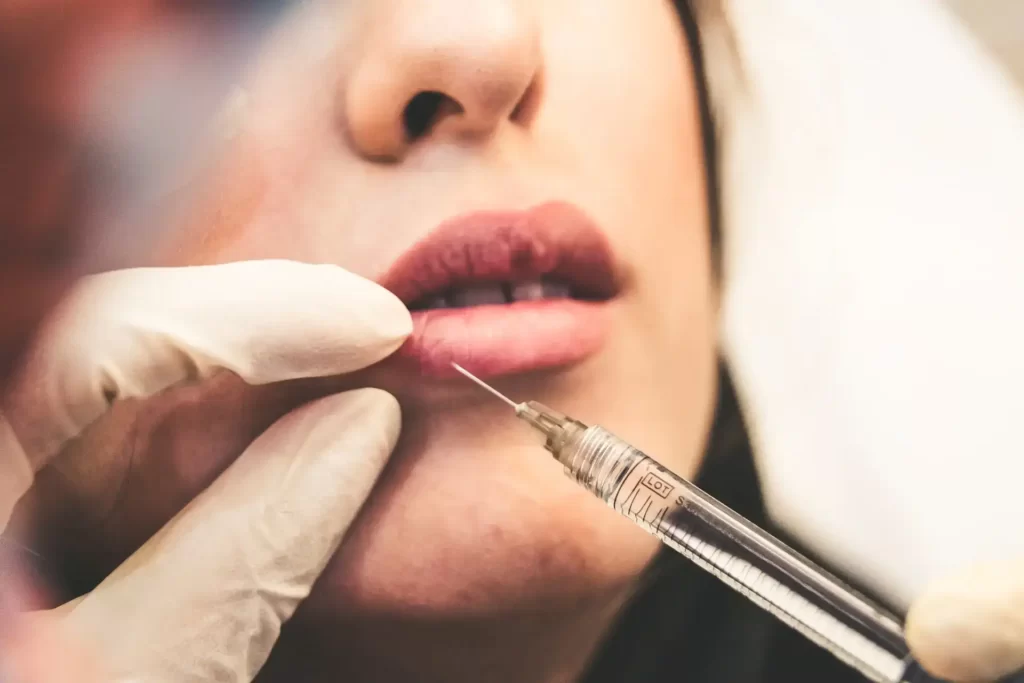
How do you apply filler-lip fillers?
In a clinical environment, trained doctors provide aesthetic fillings and Botox injections. Before administering Botox, the patient is thoroughly examined, and the area to be injected, as well as the dosage and quality of the medicine, are all carefully considered.In order to relieve discomfort, the anesthetic cream is left on the affected region for 10–15 minutes, after which the area is sterilized. Fine needles are used to inject Botox and filler material into the application region for cosmetic reasons. The application is not really unpleasant. The application duration for aesthetic fillers ranges from 10 to 30 minutes, while Botox requires just 10 to 15 minutes. Immediately after the treatment, the patient is put on mild ice for 15–20 minutes. After submitting the application, the individual may resume his social life.
Where is facial filler utilized?
- For the treatment of forehead and eye wrinkles
- rosy cheeks and full lips
- From the nose to the corners of the lips, there are wrinkles.
- Filling up acne and surgery scars
- When filling detention pits
- Necklines and necklines
- To replicate wrinkles that are too deep to be erased with Botox, artificial wrinkles are created.
What exactly is Botox?
Botox is an abbreviation for botulinum toxin, a group of chemicals generated by Clostridium botulinum. It is referred to as a “toxin” because, at extremely high concentrations, it may behave as a “neurotoxin” in the body by inhibiting the activity of certain nerve types. Botox works by inhibiting nerve impulses in the injected muscles. The damaged muscle becomes briefly paralyzed or locked when these nerve impulses are disrupted. Due to these particular muscles, certain wrinkles may be decreased, erased, or altogether eradicated.
It may be immediately injected into the fine facial muscles that have developed wrinkles over time. This relaxes the muscles under the skin and eliminates wrinkles and creases. For a lifting effect, it may also be used to relax the muscles that pull the face down, such as the neck muscles. Additionally, it may be used to inhibit the sweat glands, allowing it to be used to treat excessive sweating (hyperhidrosis). Injections of Botox in various locations on the scalp may also be used to alleviate migraines.
What issues does Botox treat?
- By joining two brows with fixed vertical lines, a fuzzy brow is formed.
- makes the receiving horizontal lines lighter.
- allows the brows to naturally fall upward over time.
- As a result, the eyelids are stretched and opened, and the bags beneath the eyes decrease.
- aids in the reduction of “goose foot” wrinkles around the eyes.
- As we age, it is used to remove noses that curl in the lower half, as well as lines that can form on the edge.
- used to draw lines on the neck.
- Used to prevent the appearance of upper gums.
- With this tool, lift the lip edges upwards.
- Vertical lines occurring over the lip may be erased in some circumstances.
- Another term for the line that runs from the corners of the mouth to the chin
- The goal of this procedure is to fix a chin that has become misshapen or has been taken away from the pit.
- tension in the neck lines As you can see, Botox’s reputation is not unjustified.
- Botox is also used to treat excessive sweating and acute migraine discomfort.
What Should You Consider After Botox?
- After having Botox, facial muscles should be exercised within two hours.
- To keep the effects of the treatment on the muscles for as long as possible, it is important to train the face muscles.
- When you put a cold compress on your face, it helps reduce the pain, swelling, and redness that come with a cut or bruise.
- For the first four hours, avoid lying face down.
- In the first twenty-four hours, the face should not be rubbed or massaged, the brows should not be plucked, the hair should not be colored, and makeup should not be applied.
- Hot baths and showers should be avoided because they can make the face red within 24 hours. Strong sun exposure should also be avoided.
- Heavy and vigorous sports should be avoided for the first twenty-four hours.
- Due to the danger of infection, you should avoid the pool for the first three days.
- During the first three days, you shouldn’t drink alcohol, smoke, take aspirin, painkillers, or blood thinners, or eat sugary, caffeinated, or salty foods.
- Face care and peeling should not be performed during the first week.
Varieties of fillers-lip fillers
Hyaluronic acid
Brand names include Captique, Esthélis, Elevess, Hylaform, Juvederm, Perlane, Prevelle, Puragen, and Restylane. Injections of hyaluronic acid may be used to restore the skin’s contour and diminish depressions caused by scars, traumas, or wrinkles. There is the possibility of significant improvements in:
- Acne scars
- Cheek depressions
- You have crow’s feet in the corners of your eyes.
- From the side of the nose to the corners of the lips run deep grin lines (also known as nasolabial furrows).
- Frown lines appear between the eyebrows.
- Marionette lines at the mouth’s corners
- Redefining lip border
- Scars, including those produced by burns, acne, and wounds
- Smoker’s lines: There are vertical lines on the mouth.
- Some facial scars are worry lines across the forehead.
Hyaluronic acid is a naturally occurring chemical in the human body. High quantities are seen in soft connective tissues and the fluid that surrounds the eyes. It is also present in cartilage, joint fluids, and skin tissue. It has been removed and reconstituted to become one of the most popular injectable fillers. If the word “glucosamine” sounds familiar, it is because the same chemical is often injected into the painful joints of those with arthritis to relieve pain and offer more cushioning.
Calcium Hydroxylapatite
Calcium hydroxylapatite is one of the most extensively researched dermal fillers in the world and has been extensively utilized for the repair of moderate-to-severe facial lines and wrinkles as well as age-related volume loss.
It is a chemical that occurs naturally in our bones. These fillers are similarly soft and gel-like. Because calcium hydroxylapatite fillers have a thicker consistency than hyaluronic acid fillers, they are more durable than hyaluronic acid fillers. Typically, their lifespan is one year.
Calcium hydroxylapatite also stimulates the creation of collagen, a naturally occurring protein that gives structure and rigidity to the skin. Typically, calcium hydroxylapatite is used to treat deeper lines and wrinkles.
Poly-L-Lactic Acid
Poly-L-lactic acid (PLLA) is a synthetic material that is biocompatible and biodegradable. Collagen stimulators are classified as PLLA products. They are used to reduce the appearance of wrinkles and increase volume by stimulating the production of natural collagen in the skin. After a few days, the injected substance disappears, but it then encourages the body to progressively generate its own collagen.
The effects of PLLA manifest naturally over a period of many months.
As we age, the fat, muscles, bone, and skin of our face continue to diminish. The lack of volume gives the face a sunken or drooping appearance. Poly-L-lactic acid is injected into the face to provide structure, framework, and volume.
Typically, poly-L-lactic acid is used to address extremely deep facial wrinkles and repair volume loss, with benefits that may last up to two years.
Polymethylmethacrylate (PMMA) (PMMA)
Polymethylmethacrylate (PMMA) fillers are composed of collagen and extremely tiny balls that remain beneath the skin after injection. The balls provide volume and firmness to the skin. Bellafill® is a PMMA filler type.
What occurs after a dermal filler procedure?
After administering dermal filler injections, your physician will wash your skin. They may provide you with an ice pack to reduce swelling and discomfort. You may have bruising, swelling, or pain after the injections. These side effects are often minimal and resolve within a few days. After receiving these injections, many individuals report immediate effects. However, everyone’s outcomes vary. The time it takes to see effects (and how long they persist) is contingent on a number of variables, including the type of therapy you received.
Where are fillers used?
- Close the space between your brows.
- prevents the production of wrinkles upon arrival.
- The bruising around the eyes lightens the pits.
- smooths and thickens the lips’ shape.
- Fill in your cheeks.
- It draws attention to the cheekbones.
- removing or reducing the visibility of nasolabial lines (laughing lines) that run from the corners of the mouth to the margins of the lips.
- It gets rid of “cigarette lines,” which are little, vertical lines on the lips.
- It prevents the formation of marionette lines around the lips.
- The form diminishes with time, and the bone fills in the gaps left by the decreasing jaw.
- improves jaw shape by smoothing out canine depressions.
- reduces wound depth and the look of pitted acne scars.
- I dislike chilly expressions.
We will become quite young if botox and filler are used successfully. However, it is critical not to overdo it here. Because of the botox, one time was absolutely dull, fake, and unexpected. There are still many who believe this. I believe that paralyzing the face, inflating it, and leaving it expressionless is unpleasant. Botox programs must be cautiously designed to include a small amount of facial expressiveness. As a result, the results appear considerably more natural. It will be enough to lessen the wrinkles and reveal a joyful face that is soft and smooth. Exaggerated fillings have the same downsides. Physicians who fill should be well familiar with facial anatomy and should be able to predict what alterations will be produced at the end of the procedure.
Botox is sometimes risky.Who Isn’t a Candidate for Botox Under the Eye?
- You must be healthy and at least 18 years old to get Botox injections.
- Botox injections are not advised for those who have:
- Myasthenia gravis is a kind of neuromuscular illness.
- Weakness of the facial muscles
- Scars on the face that are rather deep
- sagging eyelids
- Botox injections are also not advised for women who are pregnant, suspect they are pregnant, or want to become pregnant.
We’re all aware that Botox is a toxin. As a result, most people are terrified of Botox. Botox, on the other hand, is only fatal in high dosages. This requires 25–30 bottles (2500–3000 units) of Botox. Most of them are also concerned about the paralysis caused by BOTOX. This impact, however, is just transitory. It entirely vanishes after three to four months.
It was primarily utilized for medical therapy before being transformed into botox for cosmetic purposes. Medical authorities have approved the use of botox in back pain for addressing post-stroke urinary difficulties and alleviating astonishment. Of course, only experienced specialists can deliver these programs. The extent to which the adele is paralyzed, for example, is a precise matter. Alternatively, the medicine may cause capillary difficulties, be injected into the incorrect jaw, or spread to an undesirable jaw.
What dangers or consequences are associated with dermal fillers?
Severe problems are uncommon, and some of these side effects are transient. However, like with any cosmetic surgery, there are hazards involved. They consist of:
- Asymmetry in physical appearance
- Bleeding, bruising, redness, discomfort, and swelling may cause scarring on your skin.
- In extreme situations, infection might result in necrosis (the death of the affected skin).
- Lumps or lumps beneath your skin
- Numbness.
- blemishes that resemble acne
- rashes and itching
What are the advantages and disadvantages of Botox?
Botox for cosmetic purposes is typically well tolerated, and the majority of patients recover rapidly after treatment.
Nonetheless, side effects are conceivable. The adverse effects you encounter vary depending on how much medicine you took and which portions of your face were treated. Side effects may depend on the approach and ability of your provider.
As stated before, Botox is a rapid treatment that is often used for aesthetic reasons. It works by temporarily relaxing facial muscles and decreasing age-related fine lines, deep wrinkles, frown lines, glabellar lines, crow’s feet, and forehead lines. Botox cosmetics may restore the youthful look of the face by inhibiting the movement of facial muscles. Injections of Botox are also used to treat the disorders that are briefly detailed below.
Cervicomuscular dystonia
This disorder is also known as spasmodic torticollis and is characterized by painful, involuntary spasms of the neck muscles. Botox temporarily inhibits muscular movement, which helps alleviate neck discomfort and abnormal head postures.
ocular twitching
Botox treatments may assist in alleviating blepharospasm (the involuntary twitching of eye muscles).
Lazy eye or strabismus
Botox injections may assist with some types of lazy eye and strabismus.
Botox temporarily weakens the muscles around the eyes. This makes it possible to straighten crossed eyes.
Muscles contracture
Some neurological disorders, such as cerebral palsy, may be treated with Botox.
It provides pain relief, relief from upper-limb spasticity, and relief from muscular contractures by inhibiting communication between neurons and muscles.
Excessive perspiration
Hyperhidrosis is characterized by excessive sweating, including profuse underarm perspiration, in the absence of heat or physical effort. Botox may stop the nerve impulses that make you sweat too much. This would stop the sweat glands from making too much sweat.
Bladder problems
Botox treatments may assist individuals with an overactive bladder to relax their bladder muscles, reducing the likelihood of urine leakage.
recurrent migraines
Botox side effects
- ache and inflammation at the injection site
- discoloration or superficial erythema of the skin at the injection site.
- Headache
- Flu-like symptoms
- Dry or excessively tearful eyes
- sagging eyelids or arched eyebrows
- A lopsided grin or drooling is a sign of weakness.

